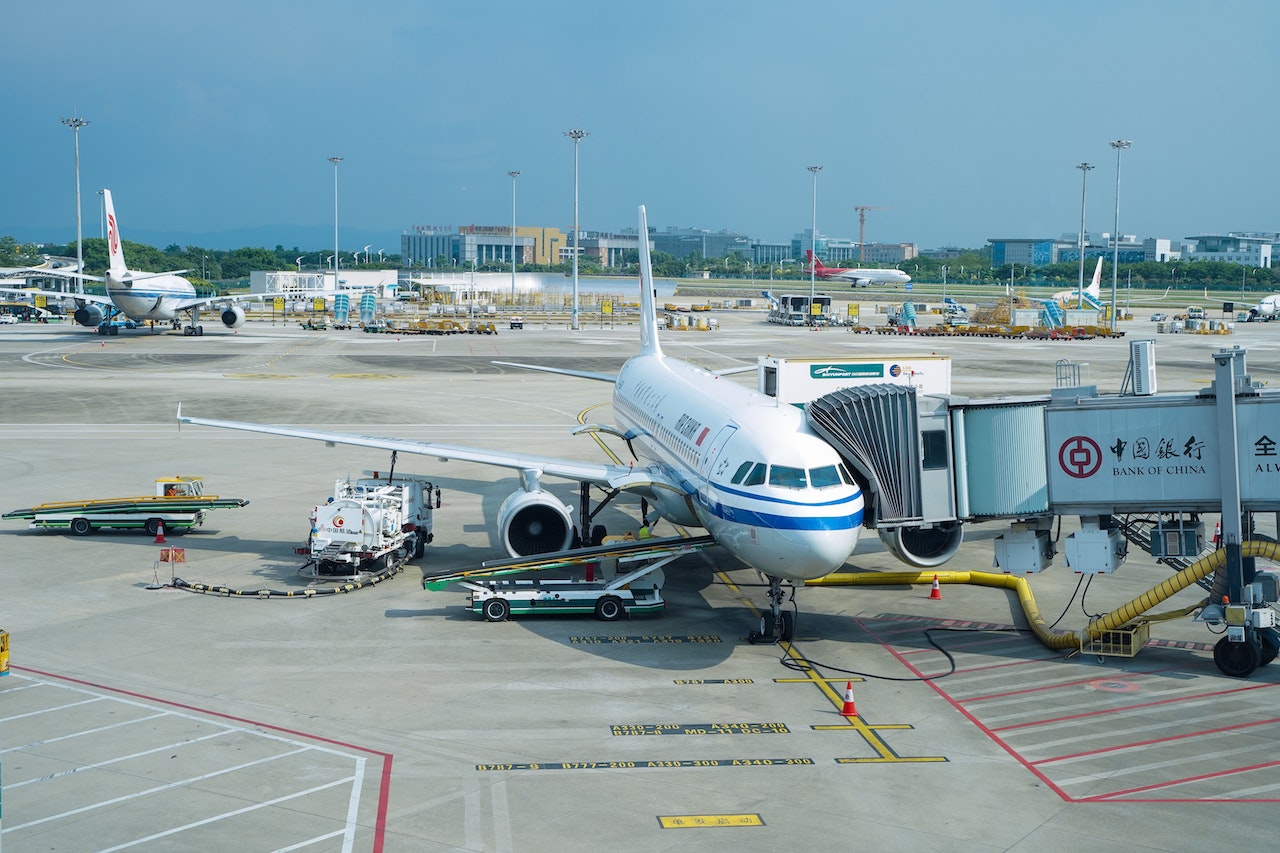The load factor is one of the most important metrics when it comes to aviation. It tells you how much weight your aircraft can safely carry. In this blog post, we will discuss how to calculate load factor aviation and what factors influence it. We will also look at some real-world examples to help you understand how this metric is used in the aviation industry.
Contents

What Is A Load Factor And What Does It Measure
A load factor is a measurement of how full an airplane is during a flight. It is calculated by dividing the number of revenue passengers on board by the total capacity for passengers. This can provide valuable information for airlines, as it helps them assess demand and plan future flights.
A high load factor typically indicates high demand and may lead to increased ticket prices, while a low load factor may mean discounts or promotions to entice more passengers to fly with that airline. It can also indicate whether the airline needs to adjust its aircraft choices for certain routes, such as deploying larger planes on popular routes with consistently high load factors.
Overall, the load factor gives insight into the success and profitability of a flight or an airline’s overall operations.
How To Calculate The Load factor
Calculating the load factor of an aircraft can help determine its profitability. To begin, take the total number of seats on the aircraft and multiply it by the percentage of those seats that were filled during a flight. This will give you the number of revenue passenger miles (RPMs).
Next, take the aircraft’s total mileage flown during that same flight and multiply it by the number of seats to get the available seat miles (ASMs). Finally, divide RPMs by ASMs to calculate your load factor. It is important to note that the load factor does not account for fare class or additional revenue from baggage fees and in-flight purchases, so it may not provide a complete picture of an aircraft’s financial performance. However, as a general indicator of passenger demand, it can be a valuable tool for airlines and flight planners.
Also Read: How to Apply CanJet Flight Attendant Hiring
What Factors Influence The Load Factor
The load factor of an airline refers to the percentage of seats filled on a flight. Several factors can affect this number, including the time of year and destination. During peak travel seasons like summer and holidays, demand for flights tends to be higher and therefore load factors tend to be higher as well. On the other hand, flights to less popular destinations may have lower load factors.
The price of tickets also plays a role in determining the load factor, as lower fares lead to more passengers booking seats. The type of aircraft used can also influence the load factor, as larger planes have more available seats and may result in a lower percentage of seats being filled. Ultimately, airlines use information about past trends and external factors to forecast load factors and plan their schedules accordingly.

What Are Some Common Uses For The Load Factor
The load factor is a crucial metric in aviation and transportation. It measures the average weight or volume of cargo, baggage, and passengers in a given flight or trip. In the airline industry, it helps determine the profitability of a flight by comparing the actual payload to the maximum capacity. A low load factor indicates that there were not enough passengers or cargo to fill the plane, resulting in higher costs per passenger.
On the other hand, a high load factor often signals a successful flight with higher profits. Load factors are also used in shipping and transportation to calculate fuel efficiency and determine whether extra vehicles are necessary for a shipment. Overall, the load factor offers important insight into the efficiency and profitability of a business operation.
Also Read: Do I Really Need to Know How to Swim to become a Cabin Crew?
How To Improve The Load Factor On Your Next Flight
When planning your next flight, there are a few simple steps you can take to improve the load factor. First, book your tickets as early as possible. This not only ensures you get a seat, it also allows the airline to better predict how full the flight will be and make necessary arrangements.
Second, check-in for your flight online before arriving at the airport. This frees up space in the checkout line and helps to streamline boarding protocol. Finally, consider traveling on weekdays or off-peak hours instead of weekends or holidays. This reduces competition for seats and increases the likelihood that the plane will have an optimal load factor. By taking these steps, you can help improve load factors for yourself and other passengers on your flight.
Conclusion
The load factor is a key metric in aviation and transportation, measuring the average weight or volume of cargo, baggage, and passengers in a given flight or trip. Several factors can influence the load factor, including the time of year, destination, price of tickets, and type of aircraft used. Airlines use information about past trends and external factors to forecast load factors and plan their schedules accordingly. The load factor is a crucial metric in determining the profitability of a flight, and improving the load factor on your next flight can be as simple as booking early, checking-in online, and avoiding peak travel times. By taking these steps, you can help improve load factors for yourself and other passengers on your flight.
Also Read: 8 Tips to Prepare You for Your Interview
FAQs
What Is A Good Load Factor For Airlines?
According to a Forbes analysis from March, the big US airlines (United, Delta, American, and Southwest) need a load factor between 72.5% (Southwest) and 78.9% (American) in order not to make a loss on their flights.
Is The Load Factor The Same As G Force?
The load factor an aircraft experience is the same regardless of how much g-force it endure The value of g, a dimensionless ratio, is calculated by dividing the acceleration due to gravity (g) into another acceleration experienced by the aircraft during maneuvers.
Does The Load Factor Increase With Speed?
No, the load factor remains constant regardless of how fast the aircraft is traveling. The only time that the load factor would change is if the weight or shape of the aircraft changes.
Why The Load Factor Is Always Less Than 1?
Its value is never greater than one because average demand can never exceed maximum demand, as facilities likely operate below full capacity for the majority of a 24-hour day.